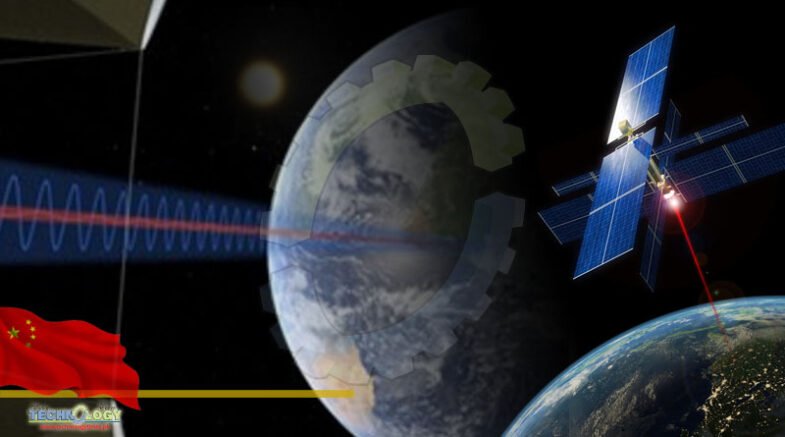The prospect of solar power projected from space has moved closer with the reported construction of the Bishan space solar power station.

The Bishan station in Chongqing city in southwestern China, on which ground was broken three years ago but was put on hold, is now underway and due for completion by the end of 2021, according to reports emerging out of the country.
With that, tests are due to begin next year, Zhong Yuanchang, a professor in Chongqing University’s School of Microelectronics, was quoted as telling China Science Daily.
Under the current roadmap, China’s first megawatt-scale solar power test station should come into operation in 2030, scaling up to gigawatt-scale commercial operation by 2050.
The potential for harnessing solar power in space is not new dating from a 1941 sci-fi short story by Isaac Asimov and actively investigated since the late 1960s, but is only now becoming feasible with the potential for wireless transfer of power from an orbiting satellite to the earth and the demand for renewable energies.
In this scenario, the satellite at an altitude of almost 36,000km, where it is ‘geostationary’, i.e. stationary above a specific location on earth, collects the solar power and beams it to earth in the form of microwaves for reconversion into electricity.
Potential benefits include almost unlimited scaling and a 24/7 supply of power unaffected by poor weather or night-time darkness. However, in addition to the further development work required, another current barrier to space-based power is the high cost of implementation with the costs and complexities of getting the hardware into space.
To advance and demonstrate the technology the Chongqing researchers plan to conduct tests from balloons at an altitude of 300m, later increasing to 2km before launching further out into space.
“The purpose is to test the principles of microwave transmission and related key technologies,” Zhong Yuanchang was quoted as saying.
China is not the only country eyeing space-based solar power. The United States and Japan are also undertaking developments.
The Space-based Solar Power Project at Caltech, which has been funded with a $100 million grant awarded in 2013 and made public earlier this month, anticipates the launching of the first test prototype in early 2023.
Studies also are underway in Europe and the UK on the potential for space-based solar power. Early results of the study for the UK Space Agency by Frazer-Nash Consultancy indicate that continuous power could be supplied to that country as early as 2039.
Source Power Engineering